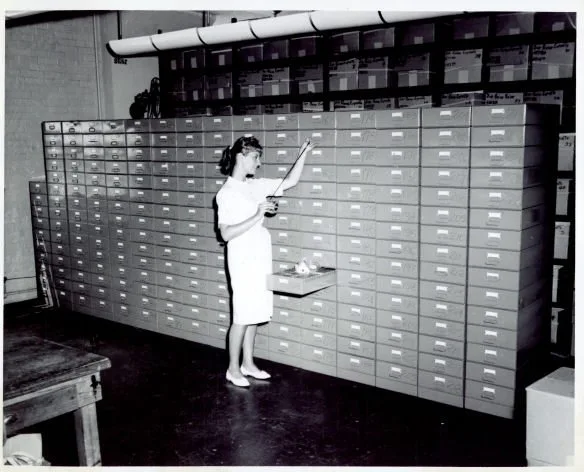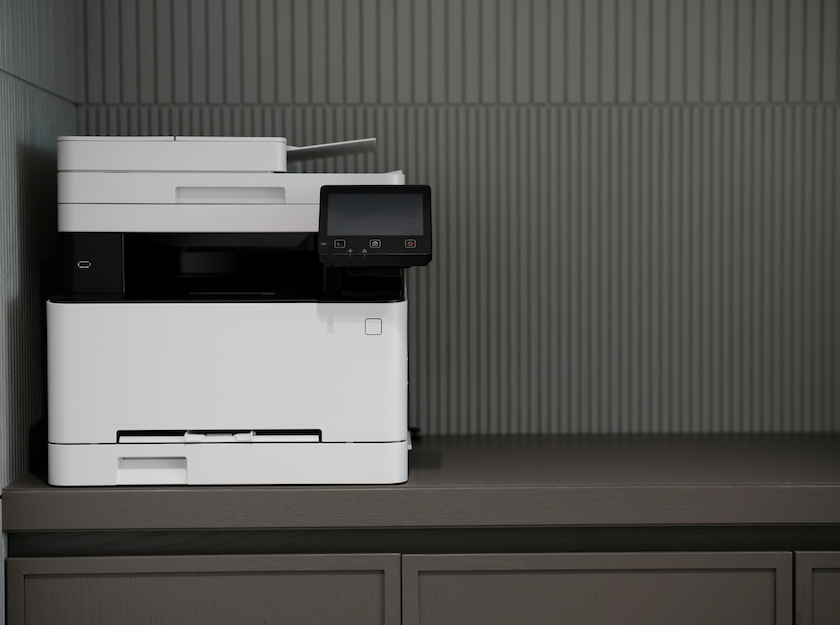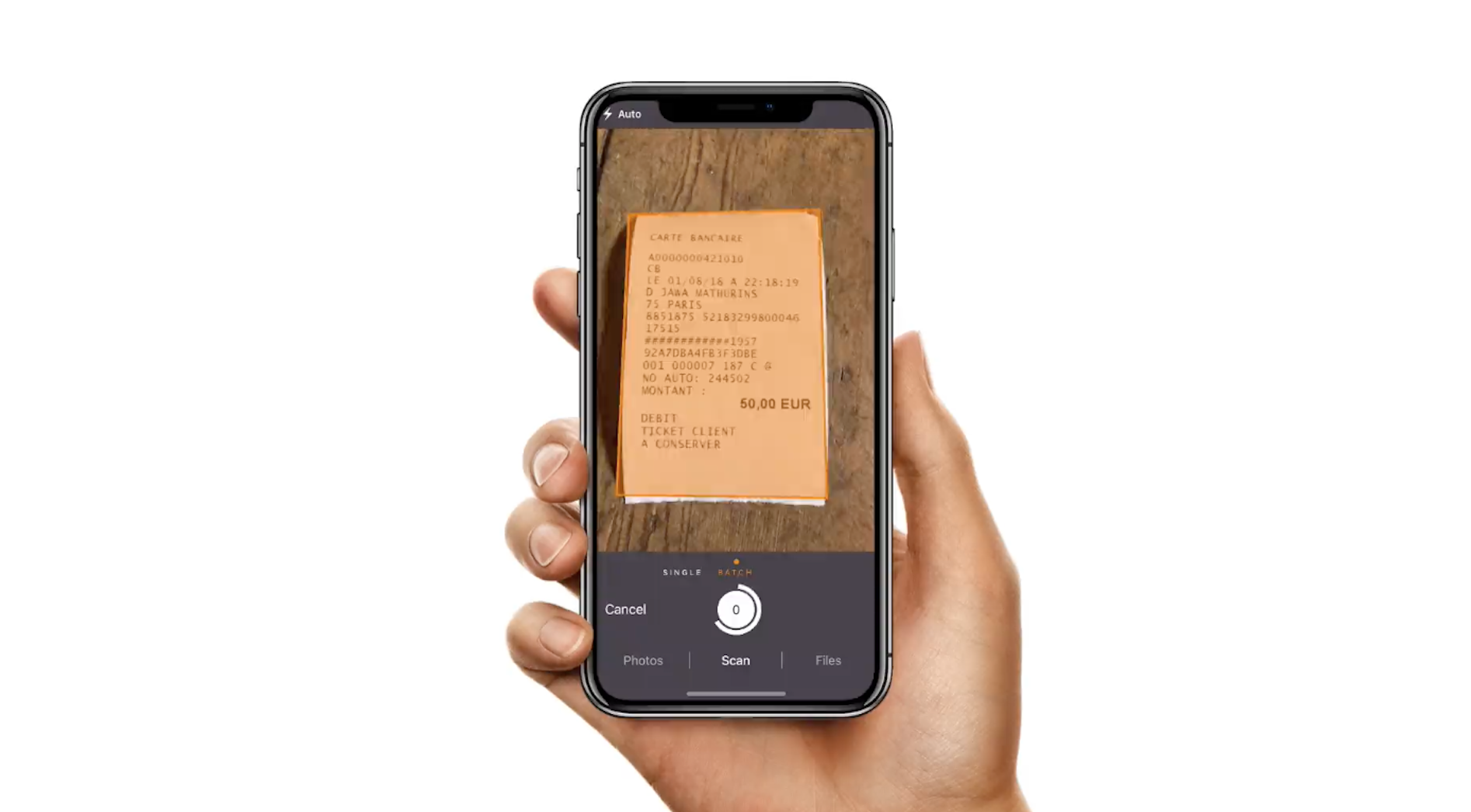Document Scanning: A Brief History
From bulky machines to portable apps you can use anywhere, document scanning has come a long way. In this article, we’ll journey through document scanning technology’s evolution through the last century.
The Early Days Of Document Scanning
Seeking a solution to preserve and store large volumes of documents in a space-efficient manner, George McCarthy invented microfilm scanners in the 1920s. He was issued a patent in 1925 for his Checkograph machine, designed to make lasting copies of all bank records. They were the very first machines capable of reproducing documents. The Kodak company bought McCarthy’s invention in 1928, and marketed it under Kodak’s Recordak Division.

Microfilm scanners were primarily used by banks, libraries, government agencies, and bigger corporations for archival purposes. These scanners enabled them to create compact copies of documents on microfilm reels that could be stored in controlled environments to protect against damage, deterioration, or loss.
However, these machines were bulky, cumbersome, and expensive, making them inaccessible to the average consumer. While microfilm offered advantages in compact storage and preservation, it greatly lacked accessibility and searchability features compared to current digitized documents. Indeed, retrieving information from microfilm reels required specialized equipment and provided no search functionality. Additionally, microfilm reels were susceptible to physical damage and deterioration over time, whereas digitized documents can be stored securely and backed up digitally, providing greater resilience against loss and time. Besides, the process of digitizing documents with such big machines was time-consuming and required specialized expertise. A need arose to create scanning machines that would be much easier to use.
Despite these challenges, microfilm scanners represented a crucial progress in document preservation and storage, laying the groundwork for future innovations that would democratize document scanning technology as a whole.
The Rise Of Desktop Scanners
Over time, technological innovations would lead to more compact and user-friendly scanning devices that democratized access to document scanning for individuals. In fact, the first desktop scanners emerged in the late 1970s as peripheral devices for personal computers. One of these pioneering desktop scanners was the “ScanMate,” developed by Kurzweil Computer Products, Inc. in 1975.
Very soon, companies such as Hewlett-Packard (HP), Canon, and Epson industrialized their own desktop scanners as their use became more common. These companies recognized the growing demand for desktop scanning technology in both consumer and business markets, leading to their mass production and commercialization.

Desktop scanners offered (and still offer) a convenient and efficient way to create digital copies of documents, reducing reliance on paper-based records and smoothing and modernizing document management processes.
Still, desktop scanners also posed their own challenges at the time, particularly in terms of security and data privacy. Scanned documents stored on computers or networked devices were susceptible to unauthorized access, raising concerns about the protection of sensitive information. Additionally, the quality and speed of early desktop scanners were quite limited, requiring multiple scans and manual adjustments to achieve satisfactory results.
Over the years, more advancements in scanning technology have addressed many of these early limitations, making desktop scanners an essential tool for document management and digital transformation initiatives to this day.
The Emergence Of Mobile Scanning Apps
From big, cumbersome machines to smaller desktop scanners, scanners became entirely portable: the emergence of mobile scanning apps enabled users to digitize documents directly from their smartphones or tablets.

The earliest scanning apps, Genius Scan included, were released around 2009 for iOS devices, allowing users to capture images of documents using their smartphone camera and convert them into PDF files.
While the cameras of the mobile devices of the time didn’t have the resolution of flatbed scanners, they were already proving useful to scan everyday documents, and their post-processing algorithms helped overcome their resolution shortcomings. And although the processing power of mobile devices was relatively limited, they soon started featuring more complex tasks such as automatic edge detection, text recognition, advanced image-enhancement (shadow removal, perspective correction, brightness adjustment, etc.) or cloud synchronization like Genius Scan does now.
With an increasing need for such productivity tools, these mobile scanning apps allow users today to capture, store, and share documents on the go, wherever they are, directly from their mobile devices that are connected to the internet and cloud services. Similarly to desktop scanners, mobile apps do face their own set of privacy and security challenges. Highlighting the importance of implementing robust security measures and encryption protocols to safeguard sensitive data.
As mobile technology continued to improve camera quality, processing power, and software algorithms, so did the capabilities of mobile scanning apps. Today, such apps can now offer higher-quality scans and enhanced features such as OCR (Optical Character Recognition) and cloud integration.
It’s fair to say that smartphones disrupted yet another industry. Flatbed scanners now often end up in the closet, reserved for rarer and rarer occasions, as our mobile devices are perfectly fit for day-to-day use.
